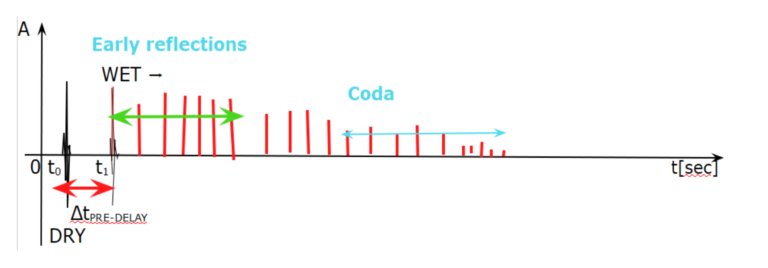Sound absorption refers to the process by which a material reduces the energy of an incident sound signal, thereby decreasing the reverberation within an environment. It is important to distinguish between sound absorption and sound insulation, as they serve different purposes:
- Sound Absorption: Reduces energy from reflections within a space.
- Sound Insulation: Minimizes sound energy propagation from one environment to another.
While sound absorption focuses on diminishing reverberation, sound insulation is concerned with preventing sound from leaking between rooms.
Energy Loss and Heat Transformation
A portion of acoustic energy is lost as it is transformed into heat due to friction when sound waves interact with surfaces. Understanding this concept is crucial when selecting materials for acoustic treatment.
Types of Sound Absorbing Materials
Various materials can effectively absorb sound, and they can be categorized based on their structure and effectiveness:
- Porous Materials: These materials do not have a smooth and compact surface; instead, they feature a cellular structure that allows sound waves to undergo multiple reflections as they pass through the material.
- Categories of Porous Materials:
- Foam Materials: Includes melamine foam, synthetic sponge, natural sponge, polyurethane foams, polystyrene, and various shaped materials like pyramidal or egg-crate designs.
- Cellulosic Materials: Such as paper, cardboard, egg cartons, wood fibers, and cork.
- Textiles: This category encompasses carpets, curtains, cushions, clothing, mattresses, and felt.
- Mineral Wool: Glass wool and rock wool are effective but may pose health risks due to their composition.
Porous materials typically show high absorption at frequencies with wavelengths proportional to their thickness (λ ~ thickness of the material), with the exception of rock and glass wool, which can absorb high frequencies (HF) but are less effective for low frequencies (LF).
Effectiveness of Porous Materials
For optimal absorption, porous materials should be positioned away from walls by a distance equal to λ/4. For instance, if a curtain is hung 25 cm away from the wall, it will effectively absorb frequencies around 340 Hz (calculated using the speed of sound in air, approximately 340 m/s).
A key parameter that measures the sound absorption effectiveness of a porous material is its Porosity Ratio
The absorption coefficient ranges from 0 (totally reflective material) to 1 (totally absorptive material). Values greater than 1 indicate materials with significant lateral absorption properties, such as pyramid-shaped absorbers.
Other Sound Absorbing Materials
In addition to porous materials, there are other effective sound absorption solutions:
- Vibrating Panels: These are designed to resonate at specific frequencies, effectively absorbing sound energy.
- Multiple Resonators: Often created with perforated panels, these materials can target specific frequency ranges for enhanced absorption.
Conclusion
Understanding sound absorption is essential for effective acoustic treatment in various environments, from recording studios to concert halls. By selecting appropriate materials and techniques, sound professionals can create spaces that minimize unwanted reverberation and enhance overall audio clarity.
Feel free to make any adjustments or let me know if you need further details!







